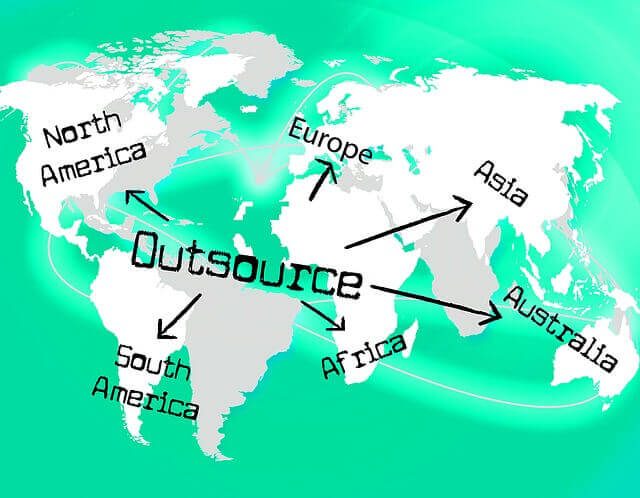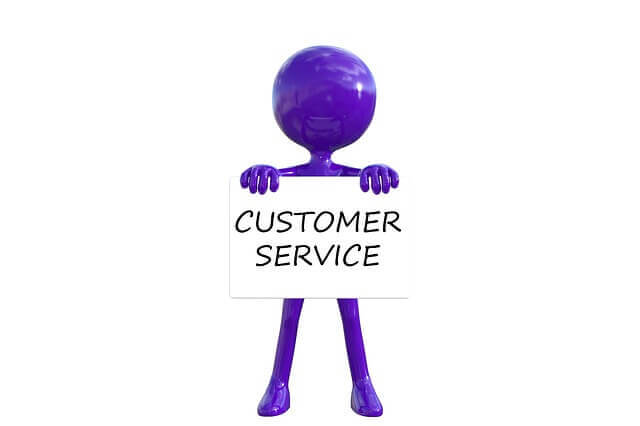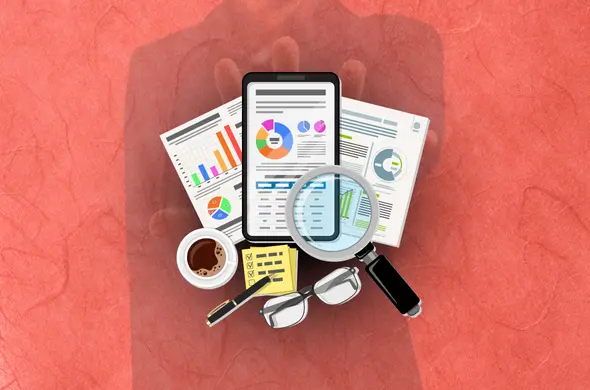Updated
February 13, 2018
Written by
Alyssa Maano
Customer service outsourcing is both an important and challenging service to manage for businesses. Every company that continues to expand and grow continuously is bound to keep up with increasing audience demands.

(Image Courtesy of Pixabay)
Escalation management involves the division of customer support systems into 3-4 levels. Each level is structured to correspond to customer concerns depending on the complexity and urgency of the issue. The different support levels are categorized as Tier I, Tier II, Tier III, and sometimes there would even be a Tier IV.
Out of all the support levels, Tier II serves a very crucial role in outsourcing solutions and escalation management. It effectively strikes the perfect balance between internal and external processes. More importantly, handing off an issue from Tier I to Tier II is critical because this usually determines the success of the assistance given to the client.

(Image Courtesy of Pixabay)
Tier II personnel can be in-house employees or outsourced experts. Among the tasks done by Tier II personnel are software installations, troubleshooting, fixing bugs, configuration fixes and even repairing hardware. The responsibilities may even include authorization over research and execution of new solutions for new problems.
When an issue is transferred to this particular level of support, customers will be given an issue tracking ticket. Technicians and employees in Tier II will then conduct more in-depth analysis of the problem. Doing so enables checking the database and determining whether the problem presented is an existing issue or a new one. Existing issues mean that the concern has been raised by other customers in the past. As such, the agents will then have a reference as to how the issue can be fixed. The steps on how the issue can be resolved will then be enumerated to the customer.
On the other hand, the real challenge comes when new problems are presented. As much as possible, Tier II should be the turning point where the customer's predicament is either given the solution it needs or simplified before it is finally escalated to the 3rd support level.
It can be frustrating for customers to be transferred from one agent to another and be asked to repeat their concerns over and over again. But think of Tier II as a way to effectively maximize both in-house and outsourced resources of customer support.
How?
Imagine if customer support was limited to only a single level of assistance. Customer service agents, regardless of the background and knowledge they possess will be left catering to a wider mix of technical and non-technical issues. There will be a disordered distribution of responsibilities as the company struggles to squeeze in solutions for a growing audience and tougher requests. At best, a support level that can act as both a supplementing arm for Tier 1 and a technologically competent partner of Tiers 3 and 4 regulates the entire customer service process internally and externally. Furthermore, the implementation of a Tier II customer support for outsourcing solutions challenges business owners to adapt to newer technology trends and ultimately meet higher customer demands.
Want to contribute to NMS or SMS Go blogs and work with us in cross-promotions? Contact us and we can discuss how we can share content that will b
Customer service outsourcing is both an important and challenging service to manage for businesses. Every company that continues to expand and grow continuously is bound to keep up with increasing audience demands.

(Image Courtesy of Pixabay)
Escalation management involves the division of customer support systems into 3-4 levels. Each level is structured to correspond to customer concerns depending on the complexity and urgency of the issue. The different support levels are categorized as Tier I, Tier II, Tier III, and sometimes there would even be a Tier IV.
Out of all the support levels, Tier II serves a very crucial role in outsourcing solutions and escalation management. It effectively strikes the perfect balance between internal and external processes. More importantly, handing off an issue from Tier I to Tier II is critical because this usually determines the success of the assistance given to the client.

(Image Courtesy of Pixabay)
Tier II personnel can be in-house employees or outsourced experts. Among the tasks done by Tier II personnel are software installations, troubleshooting, fixing bugs, configuration fixes and even repairing hardware. The responsibilities may even include authorization over research and execution of new solutions for new problems.
When an issue is transferred to this particular level of support, customers will be given an issue tracking ticket. Technicians and employees in Tier II will then conduct more in-depth analysis of the problem. Doing so enables checking the database and determining whether the problem presented is an existing issue or a new one. Existing issues mean that the concern has been raised by other customers in the past. As such, the agents will then have a reference as to how the issue can be fixed. The steps on how the issue can be resolved will then be enumerated to the customer.
On the other hand, the real challenge comes when new problems are presented. As much as possible, Tier II should be the turning point where the customer's predicament is either given the solution it needs or simplified before it is finally escalated to the 3rd support level.
It can be frustrating for customers to be transferred from one agent to another and be asked to repeat their concerns over and over again. But think of Tier II as a way to effectively maximize both in-house and outsourced resources of customer support.
How?
Imagine if customer support was limited to only a single level of assistance. Customer service agents, regardless of the background and knowledge they possess will be left catering to a wider mix of technical and non-technical issues. There will be a disordered distribution of responsibilities as the company struggles to squeeze in solutions for a growing audience and tougher requests. At best, a support level that can act as both a supplementing arm for Tier 1 and a technologically competent partner of Tiers 3 and 4 regulates the entire customer service process internally and externally. Furthermore, the implementation of a Tier II customer support for outsourcing solutions challenges business owners to adapt to newer technology trends and ultimately meet higher customer demands.
Want to contribute to NMS or SMS Go blogs and work with us in cross-promotions? Contact us and we can discuss how we can share content that will b
Help us devise custom-fit solutions specifically for your business needs and objectives! We help strengthen the grey areas on your customer support and content moderation practices.
Main Office
1710/35 Spring Street, Melbourne, VIC 3000 Australia
Other Offices
Melbourne
Texas
Manila
Zurich
Amsterdam
Dnipro
Email Us
A good company is comprised of good employees. NMS-AU encourages our workforce regardless of rank or tenure to give constructive ideas for operations improvement, workplace morale and business development.




